
Japanese folks will wonder why in the world am I writing about public restrooms. They take it for granted that when you gotta go, you just go. Restrooms are plentiful, clean, safe, well-maintained and open to the public everywhere here.
I can explain why this is a big deal. I’ll answer with a question: Have you ever tried to pee in New York City?
Without checking into a hotel?
Without sitting down to a meal at a restaurant?
Without buying an ensemble you didn’t need at a department store?
Or let’s say you do happen to stumble on one of the extremely scarce public toilets.
If you don’t encounter a homeless family who have set up housekeeping . . .
. . . if you don’t see a junkie shooting up over in the corner . . .
. . . if you don’t have to step over dead body or two . . .
. . . if you don’t find perverts having sex through a glory hole between adjoining stalls . . .
. . . then the stench will drive you out, because the place hasn’t been cleaned since they laid off some janitorial city worker six months ago to give tax breaks to Wall Street execs.
Let me be clear.
I consider peeing-on-demand a basic human right. Like breathing, going to the bathroom is not a lifestyle choice.
Japan completely respects the inevitability and the all-too-often urgency of nature’s call.
Here in my hometown of Tambasasayama, in the eight or ten block area which comprises the center of our town, I counted no less than five public toilet facilities. As restrooms go, they’re fine. Nothing fancy. But clean, properly kept up to the high standards and hygienic expectations of the citizens here.
Additionally, there are restaurants, temples, public buildings, stores which have toilets. I’ve never seen a ‘Restrooms For Customers Only’ sign anywhere in Japan.
Along with the five public toilets downtown is an outdoor one at a supermarket . . .

. . . another at a 7-11 convenience store . . .

. . . and yet another at a curios shop/restaurant . . .

. . . all publicly accessible, no questions, no hassles.
Could relief be any more accessible? Adult diapers? (Ugh!)
Granted, there are those who might accuse me of focusing too much here on the mundane. Come on! Toilets?
Just remember. Sometimes it’s taking care of the little, simple things in life, which makes the much bigger, more complex things possible. Try to enjoy that stroll through Greenwich Village or taking in the sites at Times Square when you’ve had to hold it in for four hours.

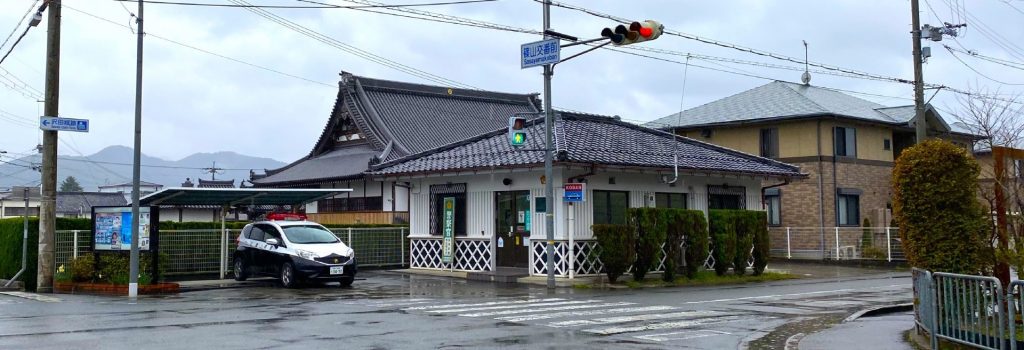


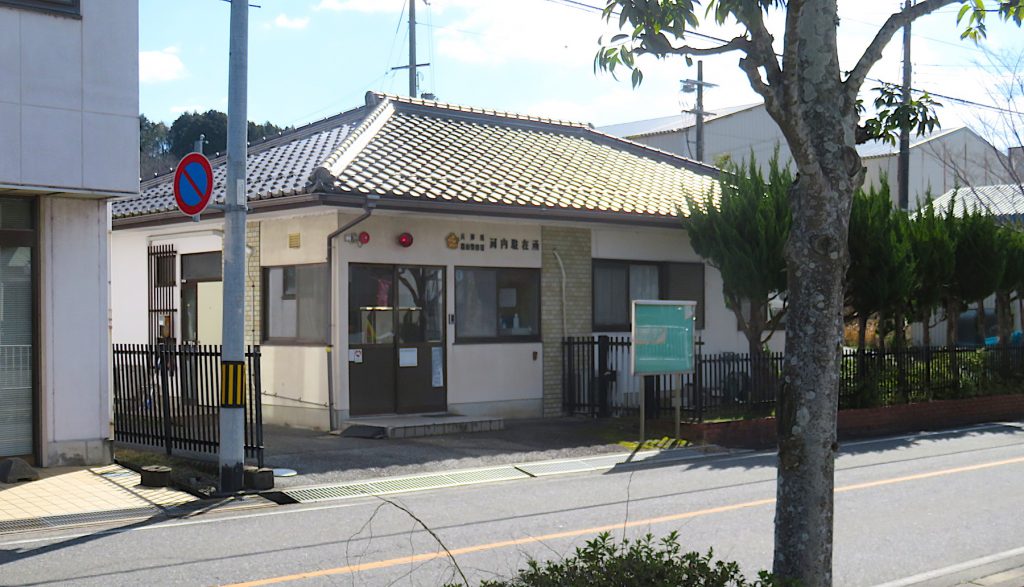

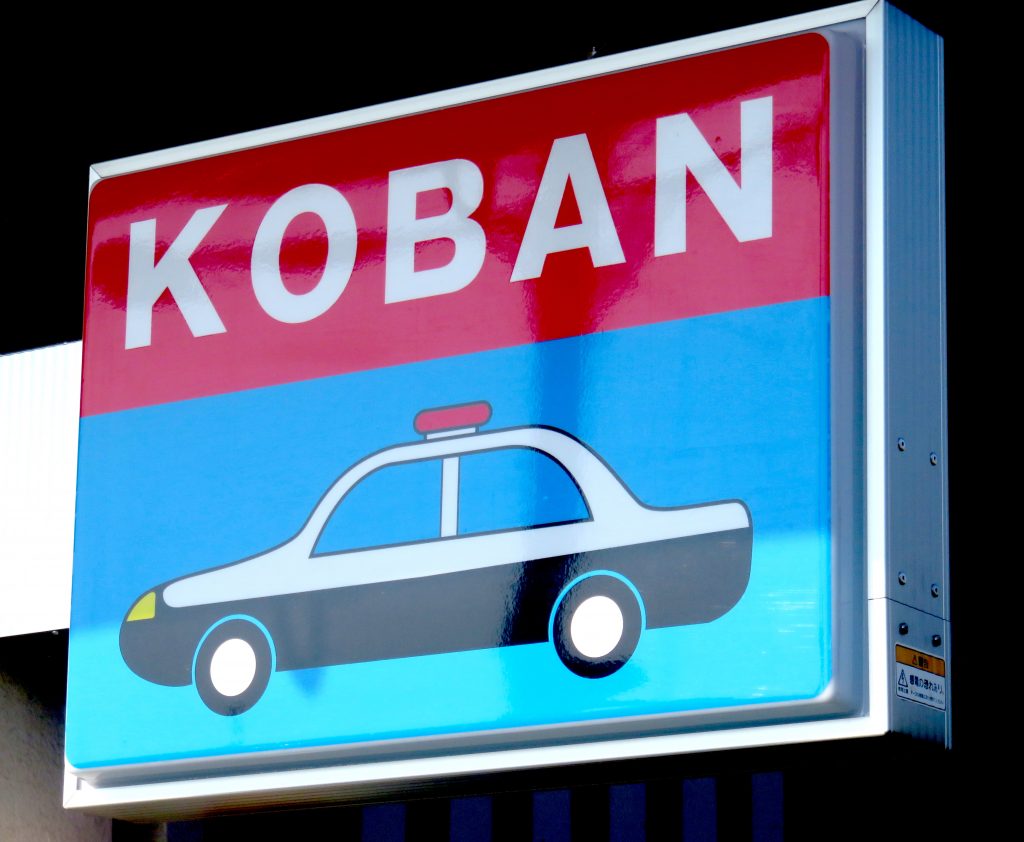
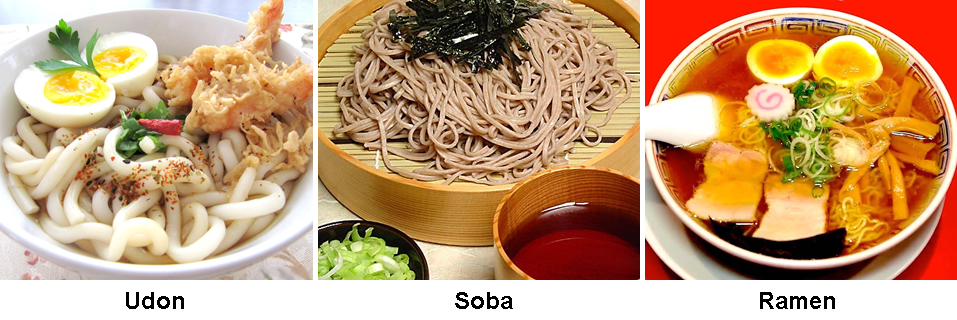














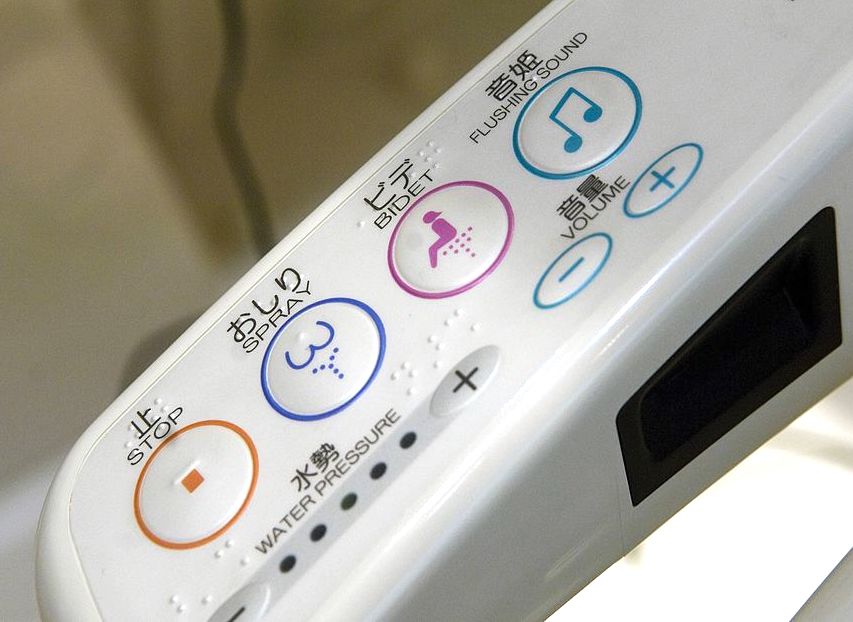













Life In Japan: Highway Service Areas
There are highway service areas in Japan so elaborate and well-outfitted that families pay the pricey highway toll just to visit them and spend the day. For these folks, going there is the same as going to a park or a shopping mall to hang out and have fun.
Highway service areas in Japan are what we in the U.S. call ‘rest areas’.
Years ago, I used to spend a lot of time traveling the entire Eastern half of America by car. This was roadwork for my music business activities, initially as a musician, then later as a band manager and music producer. Trust me, I’m very familiar with rest areas. While I hear that these days there are some very fancy ones — with restaurants, shops, showers, and the like — this is how I remember them. Since these are current photos, there are obviously still many which conform to this basic design.
There are simple, basic highway service areas in Japan. However, they tend to be atypical. Even these rudimentary iterations provide more than just a restroom and a picnic table. Want to take a break from driving to do some fishing? Or feed some ducks?
Most of Japan’s service areas offer abundant opportunities to shop, eat, relax and play. They are more stop and play than gas and go.
We have a highway service area about 15 minutes from our house, which we visit with my step-daughter, Azusa, and her dog Ji Ji — because it has a dog run! We access it from a small road behind the service area grounds, which runs parallel to the tollway. So actually we visit this highway service area without even going on the highway.
So I won’t be accused of cherry picking a few exemplary but unrepresentative examples, here are just some of the highway service areas within 100 kilometers of my home town.
How do I explain how things work here? I guess it suffices to say that Japanese excel at taking everything to a logical and elegant extreme. They have extremely high standards and are perfectionists. This even shows in something as routine as setting up a place to pull off the road to take a break from driving.